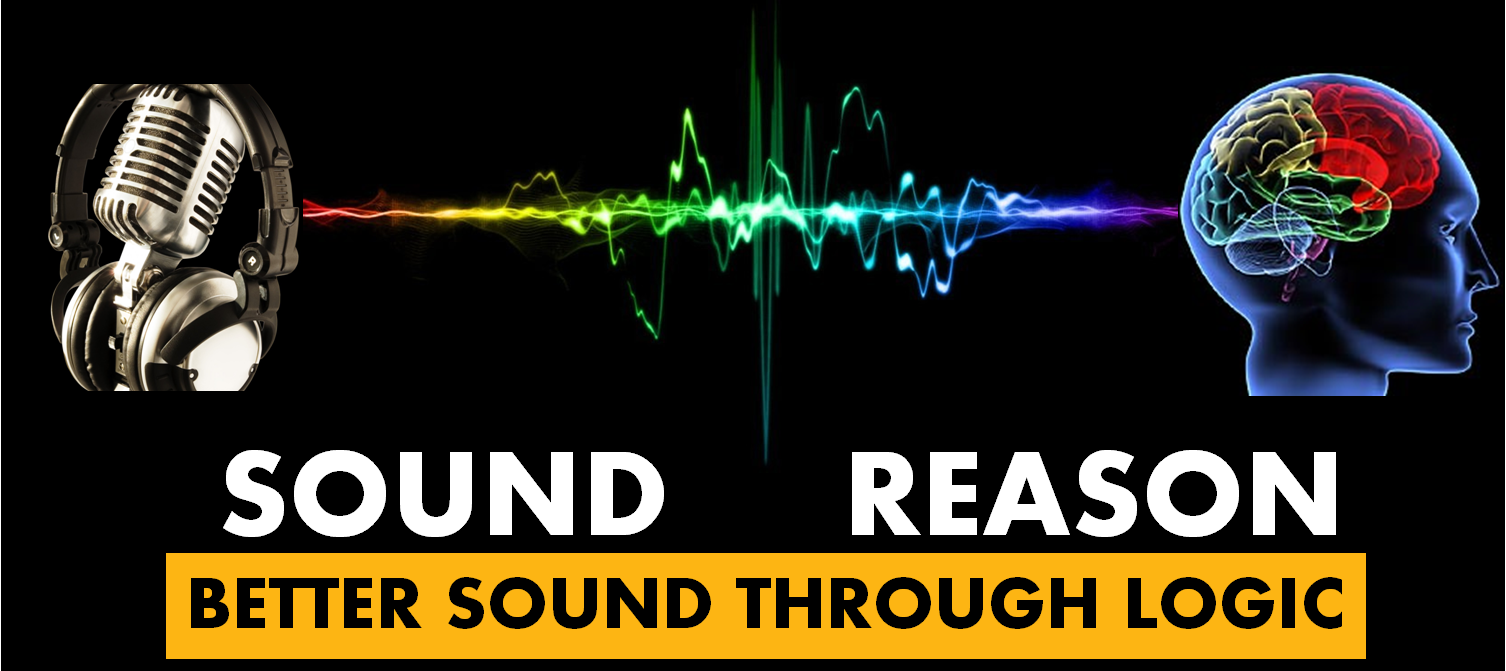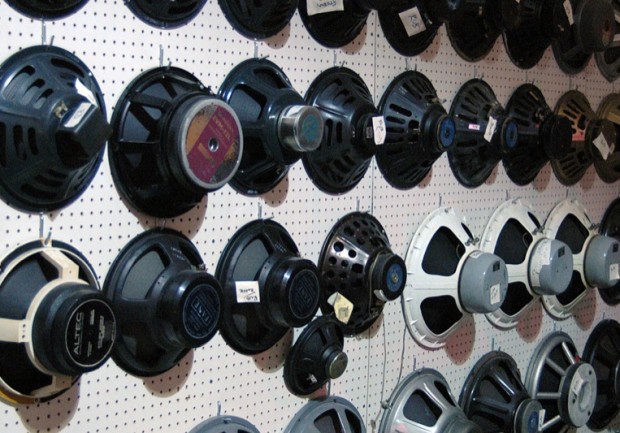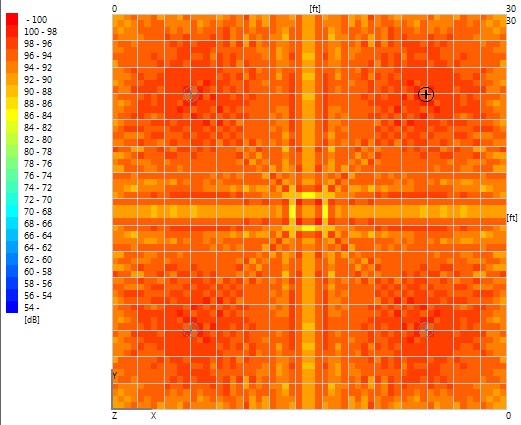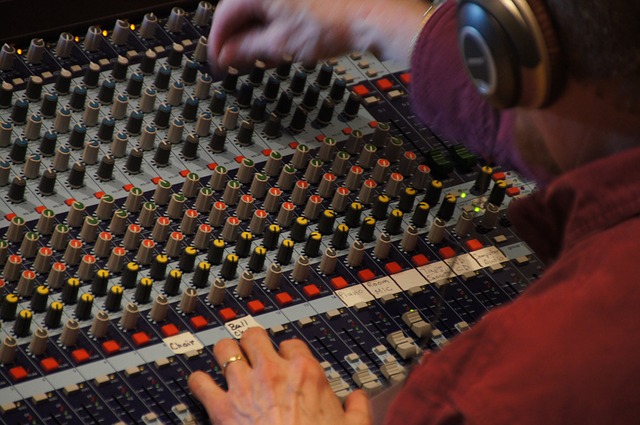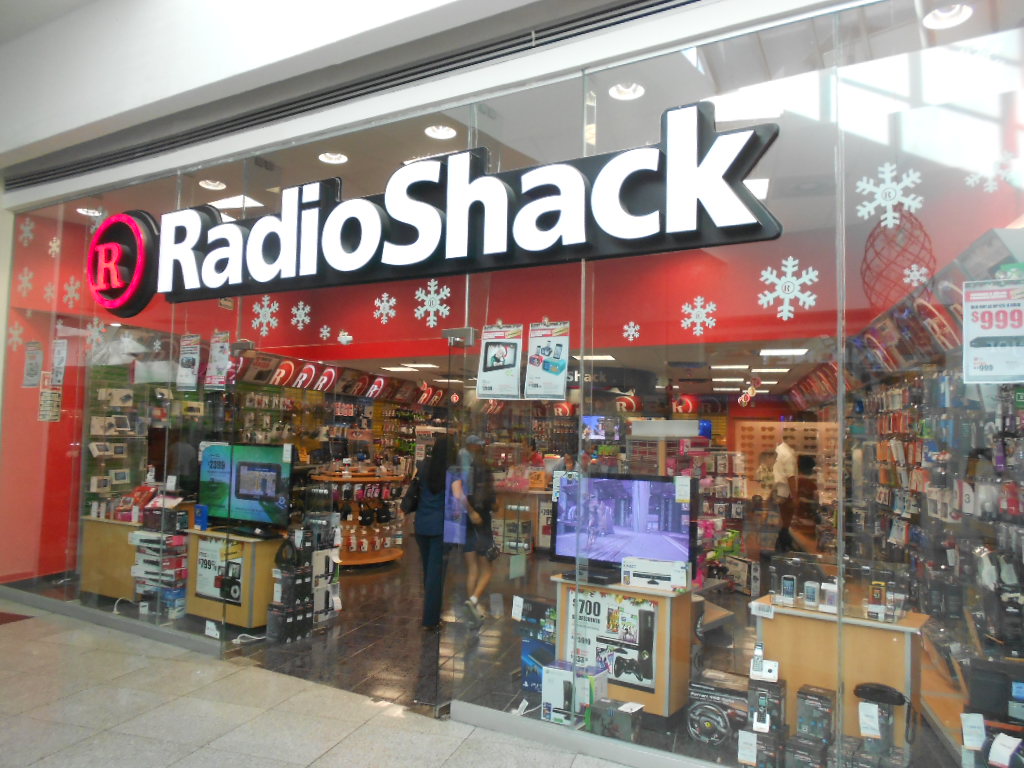Few things in sound system design have caused me more frustration than someone asking me for a quick, one size fits all solution for how many distributed audio speakers should be used for a given space. These were the dealers, distributors, or house accounts that didn’t have dedicated system engineers on staff. They wanted me to simply give them a perfect formula that said “for every X number of square feet in the space, you want to have 1 speaker.” I know some of the sales teams I worked with would have preferred I just give them a formula. I also know there are people out there that design distributed audio systems that way, but I s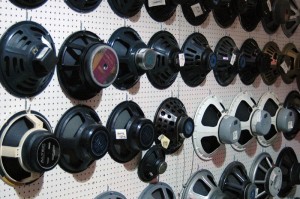 tick to my guns because there’s more to it than just a formula.
tick to my guns because there’s more to it than just a formula.
Selecting which speaker to use in a given distributed audio system requires some evaluation. And if you don’t quite know what you’re looking at or why a certain speaker would provide you a better solution, then let’s try and clear some of that up.
Some of the key specifications that we want to pay attention to when selecting a speaker are frequency response, speaker sensitivity, and dispersion angles. But the first thing that needs to be considered when choosing a speaker for an application is what is the client looking to use the speaker for? Is this going to be a paging system, a background music system, or perhaps a sound re-enforcement in a house of worship or theater setting? All of those should require at least exploring different options to meet the different needs of the system.
In just those three examples above I would be looking for a speaker that emphasizes the frequencies in the speech range for a paging system, something that gave me as wide a frequency response as possible for the BGM system, and for the delay system I’d want something that handled the low-mid range well but might have a steeper roll off in the low end. Typically distributed audio speakers have a reputation for reproducing the higher frequencies very well, but the low end response is lost as the audio signal passes through the 70V transformer. Noticing the variation in the levels of frequencies reproduced could help you select a speaker better suited to a given application.
Probably the most important specification of a speaker is its sensitivity. When you’re examining a spec sheet of a ceiling speaker, for example, this will often read something like 92 dB 1W@1m. What that means is that if I was to put 1W of power into that speaker, at full volume, that speaker would be capable of producing 92 dB when directly on axis or underneath the speaker. As you move out from under the speaker the sound pressure level (SPL) will decrease.
The speaker sensitivity will help you determine how much power you need to keep that system at a constant level and which wattage tap to select on the speaker. Looking at the basic formulas involving decibels (dB), we know that for every time you double the distance from the speaker to the listener you will lose roughly 6 decibels. This is known as the inverse square law.
If we had an example where we needed to maintain a consistent 92 dB at 6 meters based on our existing theoretical speaker, we know that we are increasing doubling the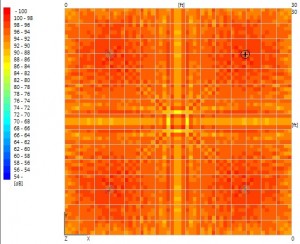 distance 2.5 times (1 to 2m, 2 to 4m and 4 to 6m). This means that with 1W of power the speaker is producing roughly 77 dB at 6m. In order to gain that lost dB level choosing a higher wattage tap setting is required. To increase the output of the speaker by 3 dB we have to double the amplifier power. So 1W of power to 2W means we’re now at 80 dB. To get back to 92 dB we’d have to double the amplifier power 4 more times giving us a wattage needed of roughly 32W. Now, if the speaker in question had a higher sensitivity, this means it’s more efficient and would require less power to get a higher volume. That might not seem like much on one speaker, but think of a system with 100 speakers on it. Having to tap 100 speakers at 32W vs. having to tap 100 speakers at 8W means much less power is required from the amplifier being used in the application.
distance 2.5 times (1 to 2m, 2 to 4m and 4 to 6m). This means that with 1W of power the speaker is producing roughly 77 dB at 6m. In order to gain that lost dB level choosing a higher wattage tap setting is required. To increase the output of the speaker by 3 dB we have to double the amplifier power. So 1W of power to 2W means we’re now at 80 dB. To get back to 92 dB we’d have to double the amplifier power 4 more times giving us a wattage needed of roughly 32W. Now, if the speaker in question had a higher sensitivity, this means it’s more efficient and would require less power to get a higher volume. That might not seem like much on one speaker, but think of a system with 100 speakers on it. Having to tap 100 speakers at 32W vs. having to tap 100 speakers at 8W means much less power is required from the amplifier being used in the application.
Now that you’ve chosen your speaker based on frequency response and efficiency, the next thing is how many of them do you need to provide the best coverage for your application. This is the point where we want to look at dispersion angles. The most common measurement I’ve seen for dispersion angle in something like a ceiling speaker is usually 120 degrees. So from the axis point it will be 60 degrees in any one direction. At that point it goes back to triangle geometry. What’s the height of the speaker? Once you have the ceiling height and dispersion angle you can calculate the distance from on axis to edge of coverage. Double that distance and you have the diameter of coverage for the speaker. Now, there are lots of programs out there from various manufacturers that will provide the speaker density for you automatically. A few cautionary points on that: find out what frequency they are using to calculate the measurement, make sure it’s providing coverage to just the area you want it to cover, and if given the option to measure interference, use it because it will let you know where frequency cancellation between speakers could occur.
As a side note, sometimes having the widest possible dispersion angle (170 or 180 degrees) might not be the best choice for your application. You need to determine if you’re trying to ensure that the sound covers the widest area possible, like in a paging or background music system, or if you’re trying to localize the audio over a certain area and control where the audio is going, like a boardroom where you might want to prevent adding reflections in the room.
There are more and more manufacturers offering speaker solutions these days. Taking the time to explore your options, you might find that the performance of the system improves drastically and it won’t take you nearly as long to program and tune the system as it had in the past if you choose the best equipment for the job.
